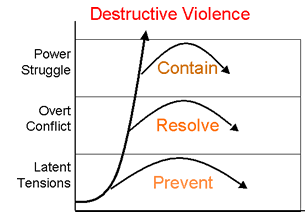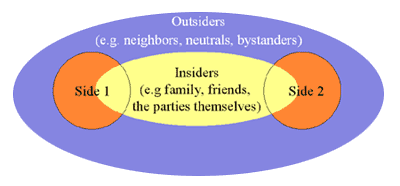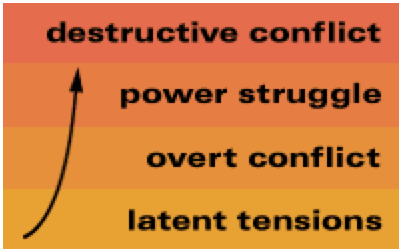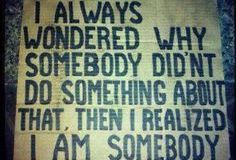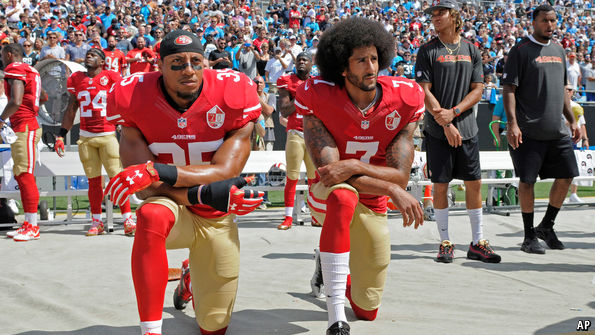The Equalizer in Action
The Bystander Effect and The Third Side
It was a cold winter’s night, at 3.15 am, on March 13, 1964, when Kitty Genovese, a then 28-year-old manager of a bar, was returning home to her apartment in Queens, New York. She had parked her car about 100 feet from her apartment’s door when she was approached by Winston Mosely, a business machines operator on the prowl for potential victims. Moseley ran after her, quickly overtook her and stabbed her twice in the back. Genovese screamed. Almost all neighbors had their windows closed and very few deciphered it as a cry for help.[1] One of the witnessing neighbors ...
March of Hope: How Israeli – Palestinian Women Wage Peace
* * *
Hope was lost when talks to resolve the long standing conflict between Israel and Palestine failed in April 2014. This was the first time since President Obama’s tenure commenced, that the conflict was attempted to be directly discussed by the leadership of Israel and Palestine, in an effort to resolve their disputes and bring about peace in their nations. The long standing nature of the conflict has resulted in deeply rooted emotional hostilities as well as extreme political and societal distrust on both sides. The most logical outcome, under the circumstances, ...
The Equalizer: Stopping Domestic Abuse
Sally was faced with an alcoholic husband, John, who turned violent when drunk. John had repeatedly broken his promises to stop drinking and he absolutely refused to undergo treatment.
In desperation, Sally resorted to an approach sometimes called an "intervention." She turned to others for help: his children, siblings, closest friends, and work colleagues.
They called a meeting with John. One by one they told him how much he meant to them and recounted specific incidents of violent behavior, dangerous driving, and personal embarrassment. Collectively they insisted ...

